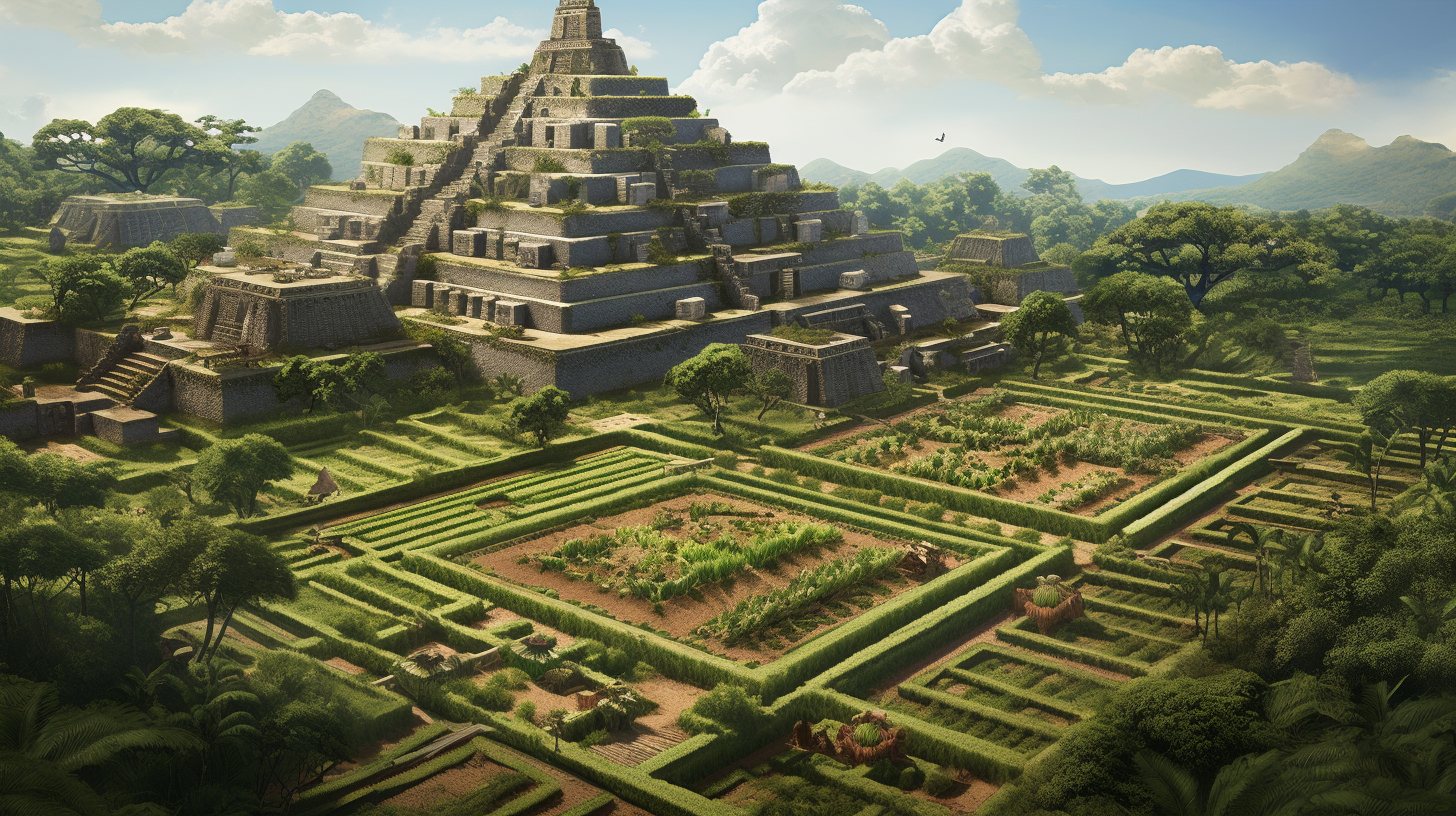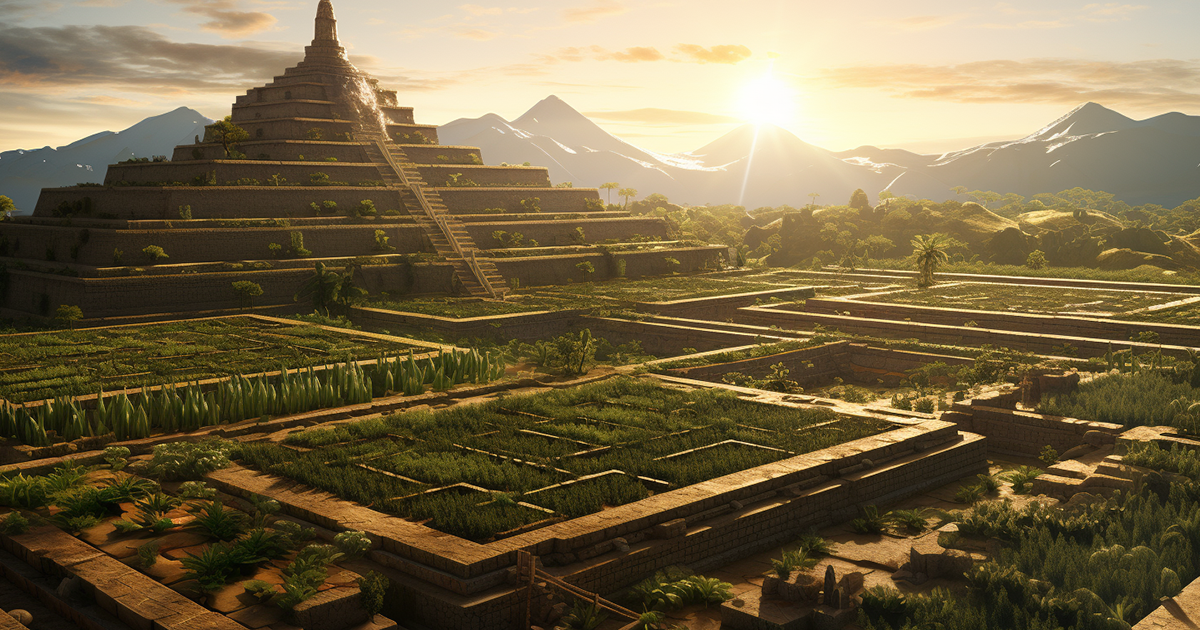Deep in ancient Mexico, where fertile lands were scarce, the Aztec civilization achieved a remarkable feat that has intrigued historians for generations. Through a unique agricultural technique, the Aztecs sustained a populous community of 200,000 individuals in an area known for its barren and swampy landscape. This extraordinary accomplishment not only showcases their resourcefulness but also imparts valuable insights for modern farming practices.
Residing in the Mexican highlands, particularly in the Valley of Mexico, the Aztecs established the magnificent city of Tenochtitlan. However, the surrounding terrain posed challenges to traditional farming methods. With marshes and shallow lakes dominating the region, cultivating crops on a significant scale seemed unfeasible. Yet, the Aztecs ingeniously turned these obstacles into opportunities with their creation of floating gardens.
Their inventive solution, known as “chinampas,” revolutionized agriculture in the region. These floating gardens were essentially artificial islands built on water surfaces. Constructed by forming rectangular plots of fertile soil enclosed by canals, the Aztecs secured the plots to the lakebed using wooden stakes for stability. Over time, organic matter from the lake bottom enriched the soil, establishing a remarkably fertile environment for cultivation.

One significant advantage of chinampas was their versatility in supporting various crops such as maize, beans, squash, and more. The Aztecs also cultivated medicinal herbs and ornamental plants, showcasing their advanced understanding of horticulture and the potential of these floating gardens.
The efficiency of chinampas in utilizing resources contributed to their success. The canals surrounding each plot facilitated water access for irrigation and transportation, establishing a sustainable and self-sufficient agricultural system. Moreover, the proximity of chinampas to Tenochtitlan minimized the necessity for long-distance transportation of goods, enhancing the food supply chain’s efficiency.
The Aztecs’ floating gardens not only ensured a reliable food source for their extensive community but also offered environmental advantages. By creating these man-made islands, they reduced the need for deforestation or disruption of natural habitats, a common practice in other agricultural systems. This sustainable land use allowed the surrounding ecosystem to flourish, fostering a harmonious coexistence with nature.
Today, the legacy of Aztec chinampas endures in modern farming practices like hydroponics and aquaponics. These contemporary systems draw inspiration from the ingenious methods of the Aztecs to optimize crop yields while preserving resources.
Ultimately, the Aztecs’ capability to sustain a sizable population in challenging marshy terrain through their innovation of floating gardens stands as a testament to their creativity and adaptability. Their pioneering agricultural practices not only addressed a critical need but also influenced our approach to sustainable food production. As we confront environmental hurdles and the demand for efficient agriculture, the lessons from Aztec chinampas resonate, inspiring and guiding our endeavors to cultivate food in demanding settings.
